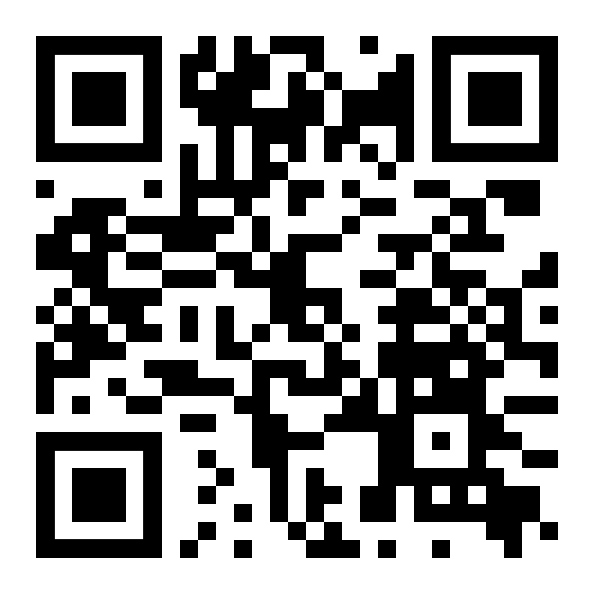Why doesn’t demo profit guarantee real profit?
Successful trading on a demo account and/or positive backtest results can be important milestones in understanding and practicing a trading strategy. However, they are not always a guarantee of success on a live account. There are several reasons why the results achieved in backtesting conditions may differ from those that a trader will get in the market working with real money. Let’s consider these reasons in more detail.
1. Psychological factors
Trading on a demo account does not require real risk, relieving the psychological tension that inevitably arises when working with real money. In real trading, a trader faces strong emotions: fear of loss, greed, desire to win back after failure, etc. These factors can significantly affect the decision-making process, even if the strategy is perfectly worked out on a demo account. Under the pressure of real risks, traders tend to deviate from the strategy, close trades early, skip trades, or vice versa, and enter not according to the rules, eventually worsening the results.
2. Differences in trading conditions
On a demo account, orders are usually executed instantly and at the price that is displayed when the trade is opened. However, in the real market, there are slippages (when an order is executed at a different price than planned) and delays due to liquidity and volatility. At the same time, the spread (the difference between the buy and sell price) can vary depending on market conditions. These factors can significantly alter results, especially for strategies where precise entries and exits are important, such as in high-frequency or scalping trading. For example, when important economic news is published, the spread often widens due to reduced liquidity, while market order executions often lead to slippage due to insufficient liquidity. And that’s normal for a period like this. By the way, similar things happen in swap (rollover) time.
3. Limited historical data in backtesting
Backtesting is based on historical data, but the market changes over time: macroeconomic factors, political events, and the general behavior of market participants constantly influence market dynamics. A strategy that worked in certain market conditions may become less effective or even unprofitable in others. For example, a strategy that has performed well in a calm market may not work well in an environment of increased volatility as it did during the COVID-19 pandemic. Backtesting is essentially testing the past market and does not consider future changes.
4. Over-optimization
Many traders use “perfect” parameters fitted to historical data, which leads to over optimization. This phenomenon is known as overfitting. A strategy that has performed well in the past but failed the test on future data because it has been adjusted for specific market conditions that do not repeat is known as overfitting.
5. Changes in market structure
Demo accounts generally do not have the limitations that can occur in real markets, such as a lack of liquidity for large volumes or an inability to execute orders at certain points in time. In a real market, the structure can change depending on the behavior of other participants, and large players (e.g., market makers or hedge funds) can manage liquidity, create artificial price barriers, and influence price movements. All of this can disrupt plans and worsen the strategy results shown in the demo.
6. Financial costs
A demo account often does not consider all the financial costs a trader incurs on a real account. These include broker’s commissions, spreads, taxes, possible additional costs for data or signals, and other fees that can be unexpectedly high in real trading. These costs can significantly reduce profits, especially if the strategy involves many trades.
7. Underestimating external factors and “black swans”
External unpredictable events, so-called “black swans,” can play a significant role in real trading: economic crises, political upheavals, sudden changes in market regulation, etc. They can suddenly change market conditions and lead to large losses. Such events are rarely considered in backtesting because their frequency and impact are difficult to model. Demo accounts also cannot fully reflect the real-world consequences of black swans.
Bottom line
Successful trading on a demo account and good backtesting results indicate a strategy has potential. However, the real market requires not only a well-tested strategy but also high psychological stability, the ability to adapt to conditions, take into account all costs, and be ready for unexpected events. For successful trading on a real account, a trader must consider all the factors described above and be prepared for their influence, which requires time, experience, and strict discipline.




